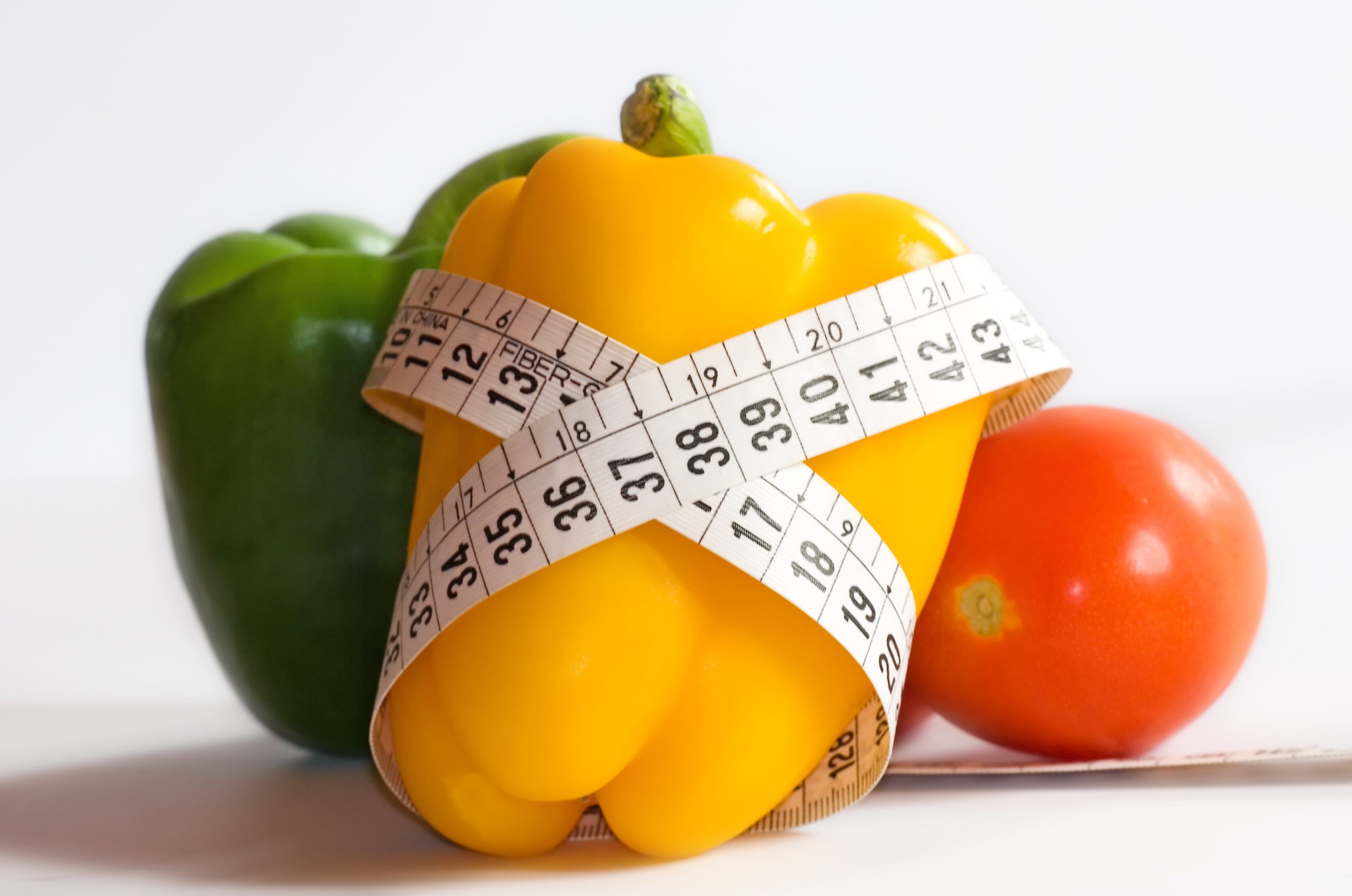As we age, it becomes more challenging to maintain appropriate body weight. One of the primary factors that contributes to weight gain as we age is loss of muscle mass. After 30, you’re likely to lose up to 40 percent of your muscle mass! This is why it is so important for both younger and older adults to engage in physical activities, especially weight training. Once muscle loss sets in, body fat begins to redistribute. Primarily around the mid-section or abdominal region. As we age, our bodies tend to become more insulin resistant, which causes your body to store fat around the liver and organs.
Recent Weight Gain Trends in Older Adults
– Over the past 25 years, the population of older adults who have become overweight has increased.
– Excessive weight is more common in older women than older men. (This may be linked with males having more testosterone to support muscle growth, whereas females have limited testosterone.)
Other factors that make it more difficult to maintain healthy weight as we age:
– Lower resting metabolism.
– Thermal effect of food along with hormonal changes.
– Hormones such as growth hormone decline which limits muscle and bone growth.
– Resistance to leptin could result in the ability to down-regulate appetite.
– Physical activity decreases with age.
It has been estimated that about half of the calories expended is due to physical activity. The problem with this is that as we age, we eat the same amount of food — however, we only burn about half as many calories due to limited physical activity.
Strategies to Safely Lose Pounds
Most of you are aware that being overweight places added stress on joints, especially knees and your lower back. This article could go on about many other stresses of excess weight, but if you watch the news, read the paper, or talk to your peers, then most of you already know about the side effects of excess weight on the body. What most people don’t know is how to manage that weight safely and effectively. There are risks involved in losing too much weight in adults 65 and older. Individuals must be careful because there is a risk of losing muscle mass too, which is vital for balance and metabolic function in older adults.
Solutions to Get You Started
1) Talk with your physician regarding weight loss before starting. Not everyone necessarily needs to lose weight.
2) Check the circumference of your waist. Ideally, men should have a waistline below 40 inches, and women less than 35 inches, this measurement is taken 2 inches above the belly button.
3) Evaluate what you eat. Do you really need a full plate and dessert to go with it? Are you engaging in physical activity? Start with these simple changes to get started. If you think you may need more help, talk to a wellness professional — they would love to help you move forward with living a better quality of life!
Melissa Ward, Vice President of Clinical Services |Functional Pathways


Comments (0)